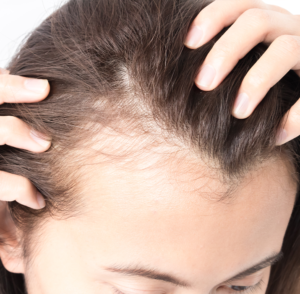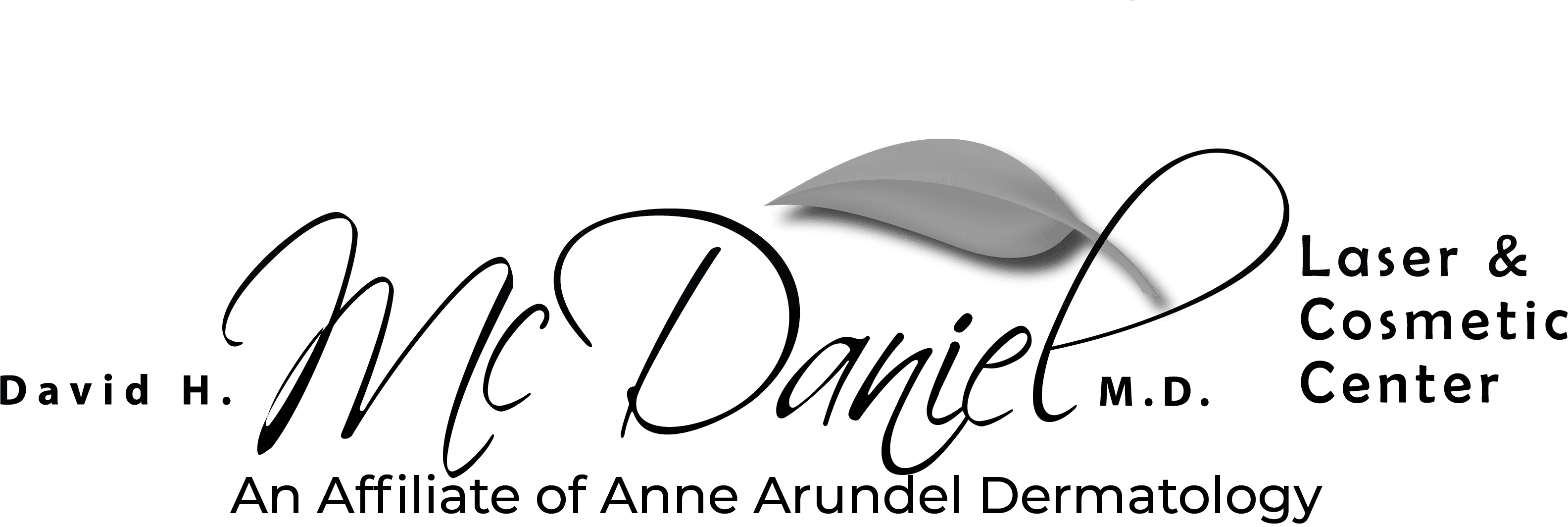Nearest Location to you:
The term alopecia areata refers to hair loss, and it is a common autoimmune condition. Alopecia areata causes hair loss on the scalp, face, and potentially other areas of the body.
This condition differs from the male pattern or female pattern baldness and can appear at any age. Only about five percent of people with this condition lose all body and scalp hair. Hair that falls out sometimes grows back, only to fall out again and repeat the cycle. Contrary to popular myths, alopecia areata does not occur due to stress nor is it contagious. Hair loss occurs when your immune system attacks hair follicles, which are the roots of each strand of hair. Alopecia areata is not a symptom of a disease, and people who have the condition are normally healthy.
With a single-gene condition, only one parent needs to have a copy of it to pass it along during fetal development. With poly-genic conditions like alopecia areata, both parents must possess the faulty gene for their children to inherit it. What this means for alopecia areata is that it is unlikely to be only a genetic condition. Scientists believe that environmental factors play a much bigger role.
With alopecia areata, hair loss appears in one of the following ways:
This is the most common type of hair loss, and it causes dime-sized to quarter-sized patches of missing hair.
This term refers to the loss of all scalp hair.
People with this condition have lost all body, face, and scalp hair.
This is the most common type of hair loss, and it causes dime-sized to quarter-sized patches of missing hair.
This term refers to the loss of all scalp hair.
People with this condition have lost all body, face, and scalp hair.
Although no cure for alopecia areata currently exists, your hair follicles remain alive even as you lose hair. According to the National Alopecia Areata Foundation, people can grow back hair even when missing more than 50 percent of it or they have had partial or total hair loss for many years.
People with alopecia areata are more sensitive to damage from the sun. We recommend that you protect your ears, face, and head with a wide-brimmed hat whenever you spend more than a few minutes outside.
Although we cannot prevent your hair loss, we can help you re-grow your hair if that is what you desire. Typical treatment options include taking a prescription of Anthralin, Corticosteroids, Diphencyprone, or Minoxidil. Light therapy may also be appropriate for some patients. Please schedule a consultation with us today to learn more.
Although no cure for alopecia areata currently exists, your hair follicles remain alive even as you lose hair. According to the National Alopecia Areata Foundation, people can grow back hair even when missing more than 50 percent of it or they have had partial or total hair loss for many years.
People with alopecia areata are more sensitive to damage from the sun. We recommend that you protect your ears, face, and head with a wide-brimmed hat whenever you spend more than a few minutes outside.
Although we cannot prevent your hair loss, we can help you re-grow your hair if that is what you desire. Typical treatment options include taking a prescription of Anthralin, Corticosteroids, Diphencyprone, or Minoxidil. Light therapy may also be appropriate for some patients. Please schedule a consultation with us today to learn more.

To request an appointment, call 443.351.3376 or submit the form below.
Error: Contact form not found.

Hair restoration treatments now available using PRP (Platelet-Rich Plasma). Results may vary. Consult with your provider if this treatment is right for you.

Hair restoration treatments now available using PRP (Platelet-Rich Plasma). Results may vary. Consult with your provider if this treatment is right for you.
Click through to learn more about any area of care. If you have concerns, please give us a call to make an appointment to see your dermatologist.

































Anne Arundel Dermatology is a great place to work. We offer career advancement opportunities. We invite you to View All Current Openings.
